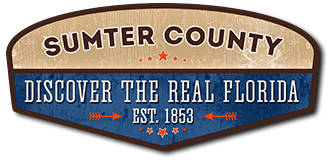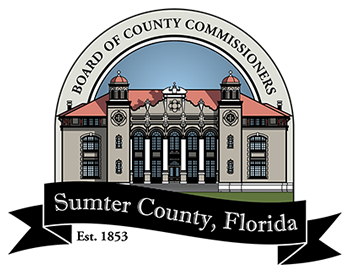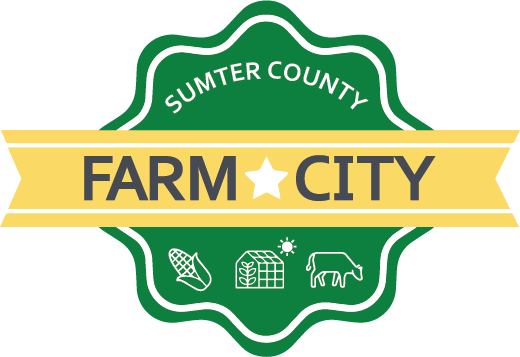An Historical Timeline
Sumter County was officially founded in 1853, but its history goes back much further than that. Sumter County was named for General Thomas Sumter, a hero of the Revolutionary War. This is fitting because the county has been the primary site for two other wars, the first of which helped make the reputation of another war hero, General Andrew Jackson, and propelled him to the presidency.
The area’s rich military history defined modern day Sumter County until the end of the 2nd Seminole War in 1842. Since then, the area was primarily an agricultural center until it became a Mecca for retirees looking for an active lifestyle. The Villages now comprises the lion’s share of Sumter County’s population.
1817-1818: 1st Seminole War, a retaliatory offensive against the Seminoles and escaped slaves for their support of the British during the War of 1812; US forces led by General Andrew Jackson
1822: Florida becomes a US territory
1832: Treaty of Payne’s Landing: Seminole leaders agree to move to the Arkansas territory within three years; they will later say they were coerced into signing the treaty
1835: The Dade Massacre; 2nd Seminole War begins
1836: The Battle of Wahoo Swamp
1842: 2nd Seminole War ends; Congress passes the Armed Occupation Act
1853: The Florida legislature establishes Sumter County, named after revolutionary war hero General Thomas Sumter
1860: The US census puts Sumter County’s population at 1,429
1861: The Sumter County representative to the Florida legislature votes for secession
1881: Sumterville is established as the county seat
1884: The city of Bushnell is founded, named after railway surveyor John W. Bushnell
1894-95: A hard freeze destroys most of the citrus industry in Sumter County; the county’s economic base shifts to cattle ranching and vegetable farming
1909: The county courthouse in Sumterville burns down, destroying 20 years’ worth of county records
1912: County residents choose Bushnell over Wildwood as the new county seat by a margin of 9 votes
1939-1945: Sumter County loses nineteen soldiers and Army airmen in World War II (casualty data on sailors and Marines not found)
1982: Harold Schwartz purchases a large tract of cow fields and former citrus farms and establishes a mobile home community called Orange Blossom Gardens
1988: First interment at the Florida National Cemetery
1992: Schwarz and his son, Gary Morse, change the name of Orange Blossom Gardens to The Villages
2000: The US census puts the population of The Villages at 8,333
2013: The Villages surpasses a population of 100,000 residents




